I have a feedback application to set the voltage of a node in which there is considerable loss in the loop. Simulations tell me that a differential voltage gain of 10000, 80dB (roughly about what you normally get from a single open-loop opamp) is not adequate and I would need on the order of 140dB to make the application feasible.
Note that noise is not really an issue in this application (within reason), but a bandwidth of ~1MHz is desirable, which sets a somewhat insane GBW product of \$~10^{13}\$. In addition I need very low input bias current (<1µA.)
A multi-stage amplifier does not seem viable, as this would increase the order of the system and would tend to make it unstable under feedback conditions. Before I even start considering discrete designs and optimizations (or building my own ICs for this application), or simply scratch the whole idea and go back to the drawing board, I would like to know how viable this would be:
- What is the largest single-stage/single-pole wide-bandwidth gain/GBW attainable (I seem to recall that a gain of ~200 is about the limit of discrete electronics).
- What is the largest dual-stage gain/GBW attainable (most op amps would fall into this category).
- Could a multi-stage (>3) amplifier be compensated in such a way to make this possible?
- What is the largest gain/GBW op amp currently available in the market?
- Would a different topology (e.g., Norton or Transconductance amplifier) provide a way around these limitations?
I am currently designing around a somewhat hard to get LTC6269IDD-10. A non-unity gain compensated 4GHz GBW op amp. But even this is proving to be a challenge.
Conceptual schematic (note that most parameters cannot be modified and are somewhat random in nature, that includes the resistors, capacitors, and signal source):

simulate this circuit – Schematic created using CircuitLab
Related questions:
